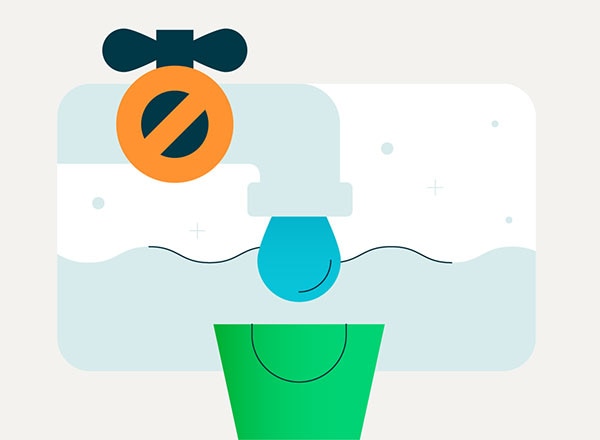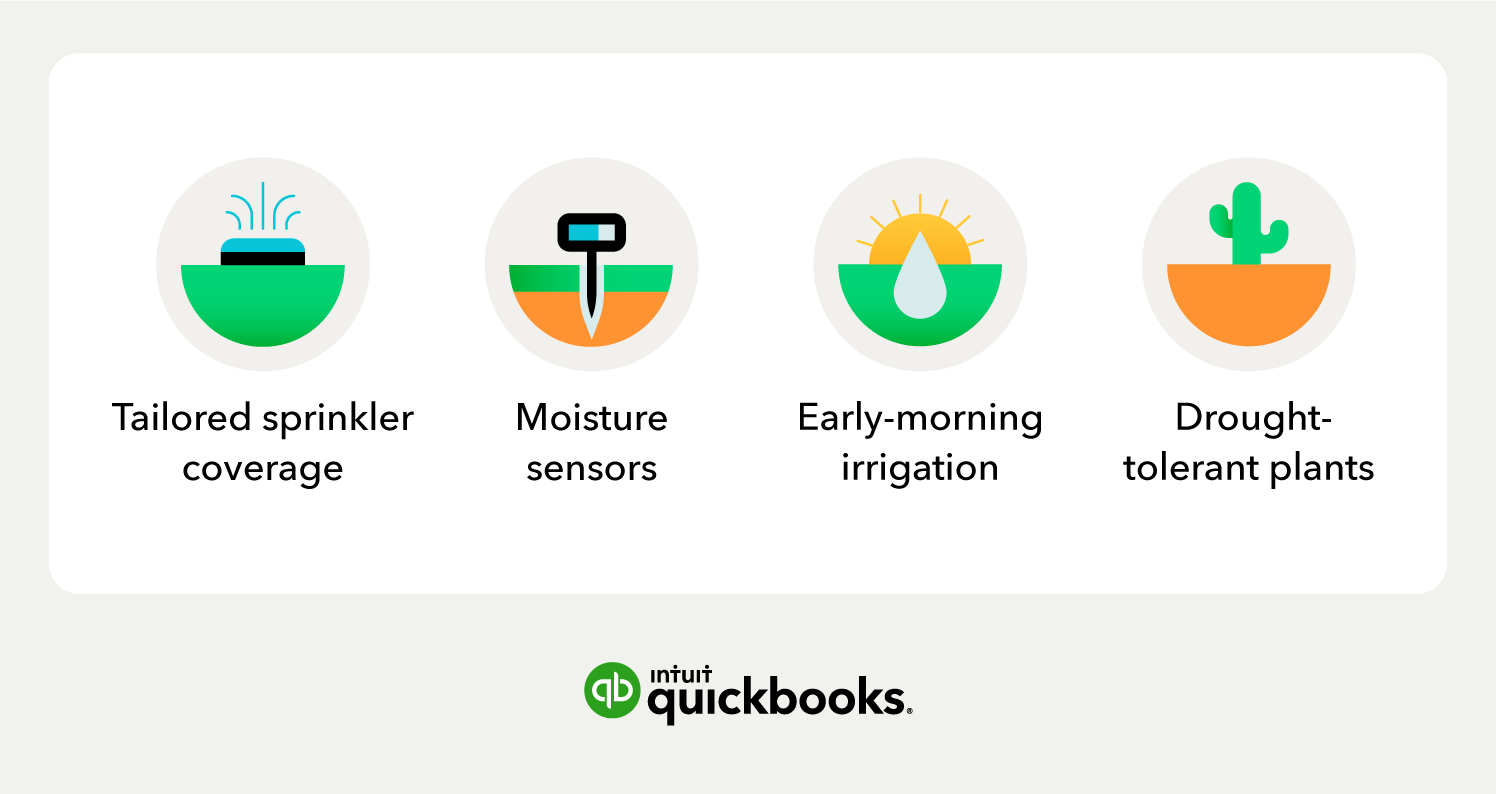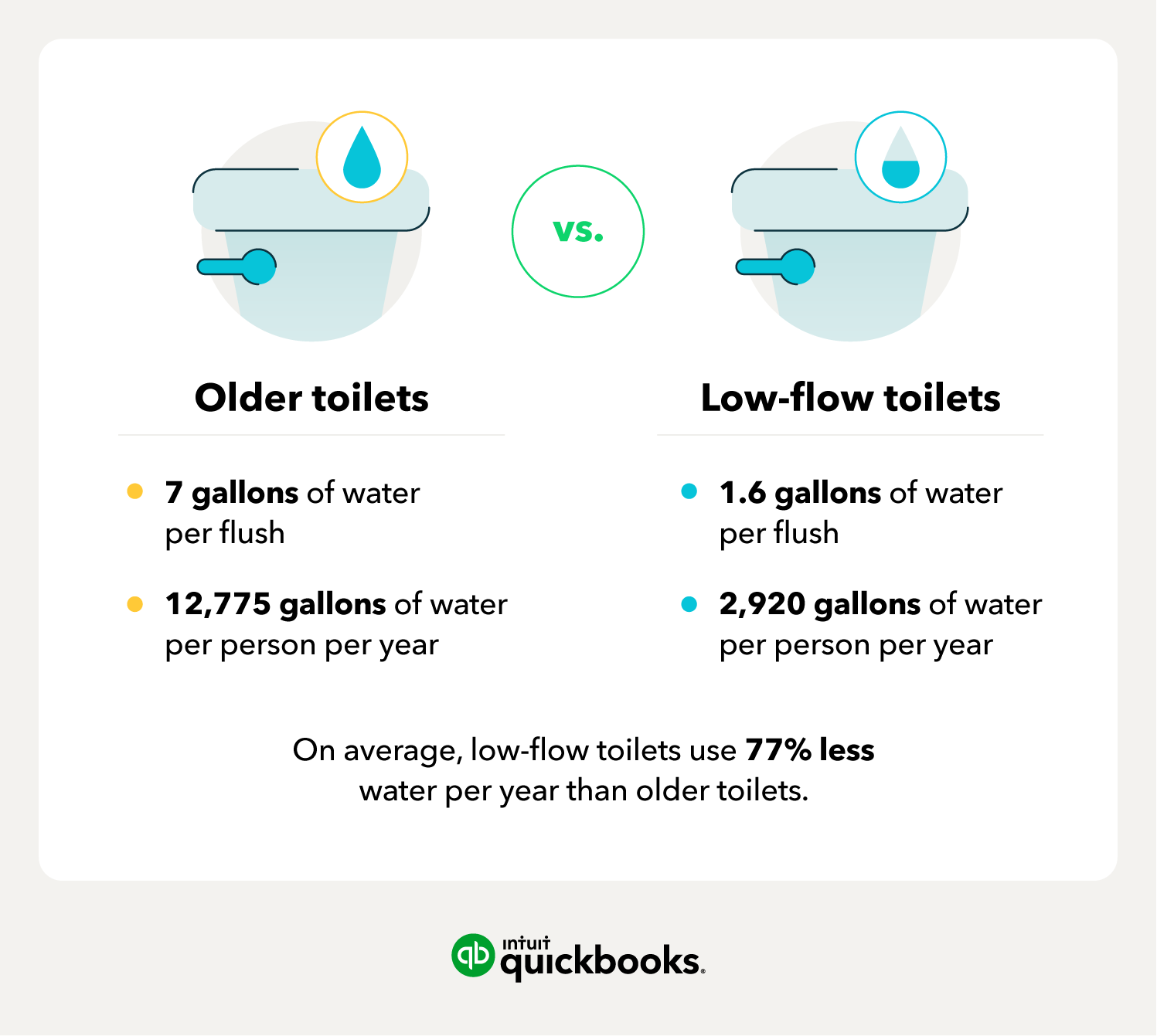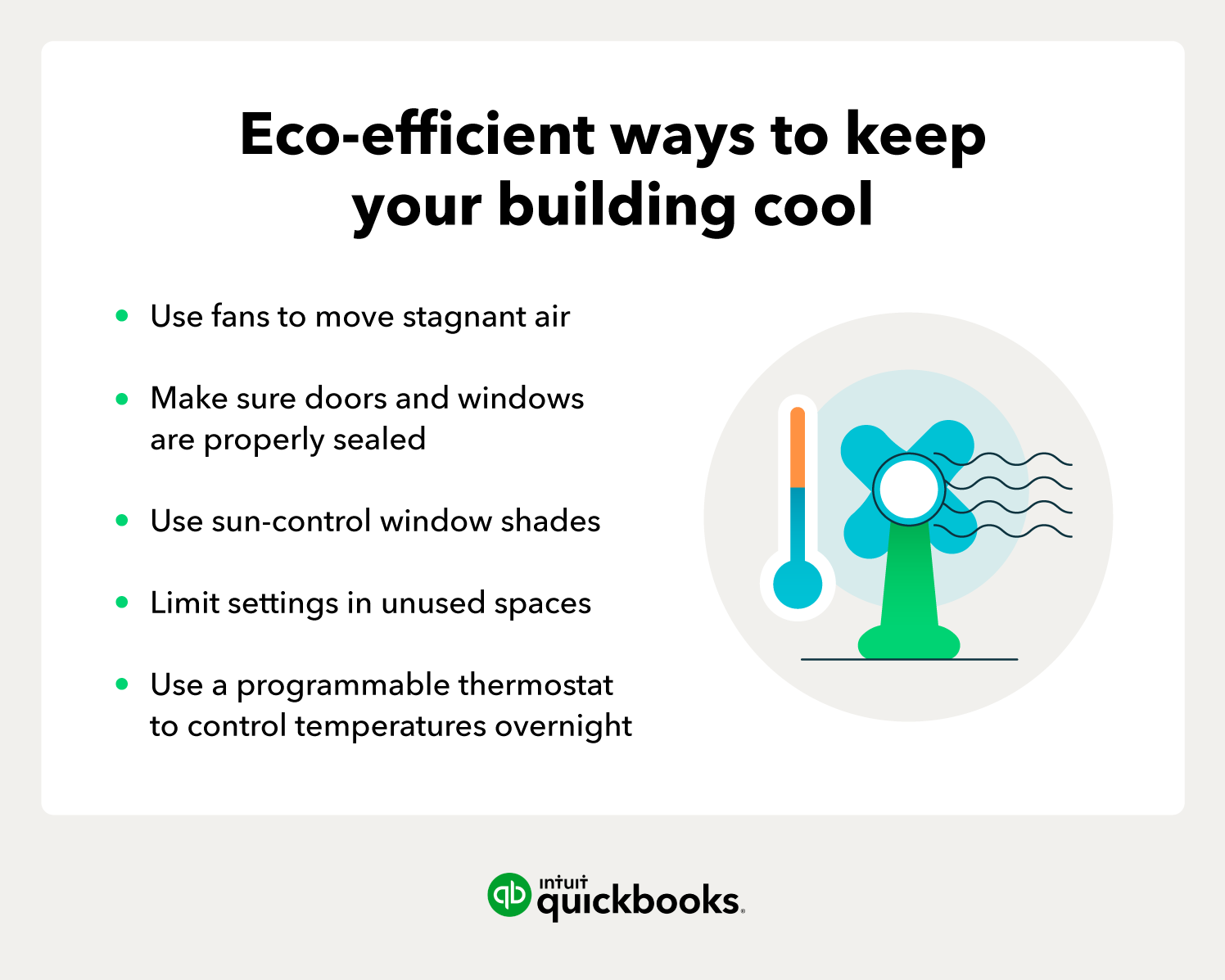You might not think of water as a limited resource. If you live in a developed country, all you have to do is turn on the faucet to gain access to clean water.
But water scarcity is becoming a bigger issue by the day—and it affects every continent. More than 2.3 billion people live in water-stressed countries. More than 1.4 billion people live in areas of high or extremely high water vulnerability. And 4 billion people—nearly two-thirds of the global population—experience severe water scarcity at least one month each year, according to the United Nations.
As the world’s population continues to grow, water use grows at more than twice the rate. Changing your water usage and taking steps to conserve water in your small business might feel like a drop in the bucket. But remember, small businesses represent 90% of businesses globally. Together, small business owners can make a big wave.
















